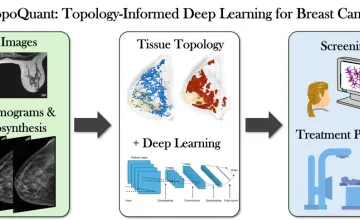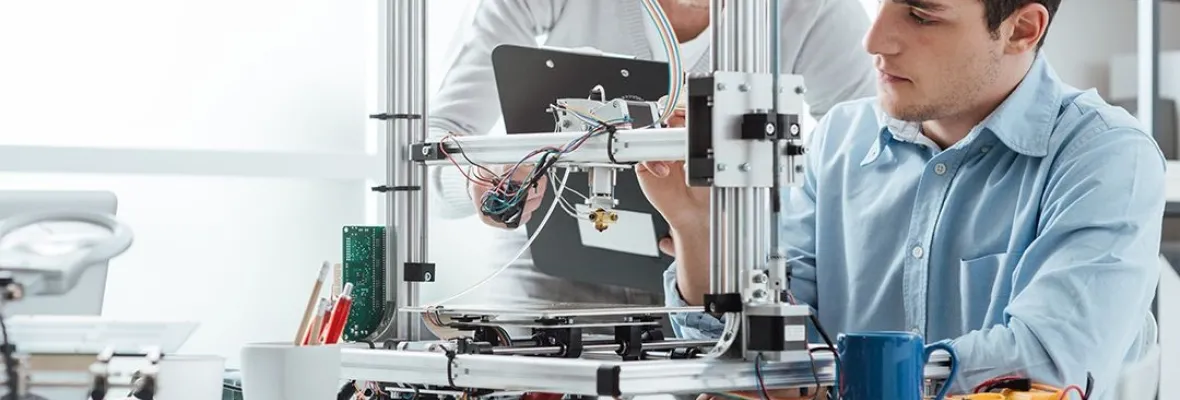AAU universities conduct a majority of the federally funded university research that contributes to our economic competitiveness, health and well-being, and national security. AAU universities are growing our economy through invention and innovation while preparing the next generation of scientists and engineers for global leadership. By moving research into the marketplace AAU universities are helping to create jobs, and provide society with new medicines and technologies.

UMD geologists uncovered evidence of a section of seafloor that sank into the Earth's mantle when dinosaurs roamed the Earth; it's located off the west coast of South America in a zone known as the East Pacific Rise.

Novel research supported by NCI could lead to more specific predictive disease models

A new University of Kansas study reveals parents seeking health care information for their children trust AI more than health care professionals when the author is unknown, and parents rate AI generated text as credible, moral and trustworthy.

Hypertension and amyloid plaques can separately cause dementia. Having both increases a person’s odds of developing cognitive decline, a new study finds
Explore More: University Research
You can filter stories by the university.
A team led by scientists at the University of California, Irvine report measurements that can help fill gaps in permafrost emissions estimates that climate scientists have until now missed
Scientists at the New York Genome Center and New York University have developed a genetic screening platform to identify genes that can enhance immune cells to make them more persistent and increase their ability to eradicate tumor cells.
A new model from researchers at Brown University takes the point of view of an individual crowd member, and is remarkably accurate at predicting actual crowd flow, its developers say.
Sexual selection can take place after mating, and new research from UO scientists suggests that it can have a surprisingly large impact on evolution
Counseling may help keep people in treatment for opioid use disorder, according to Rutgers study
